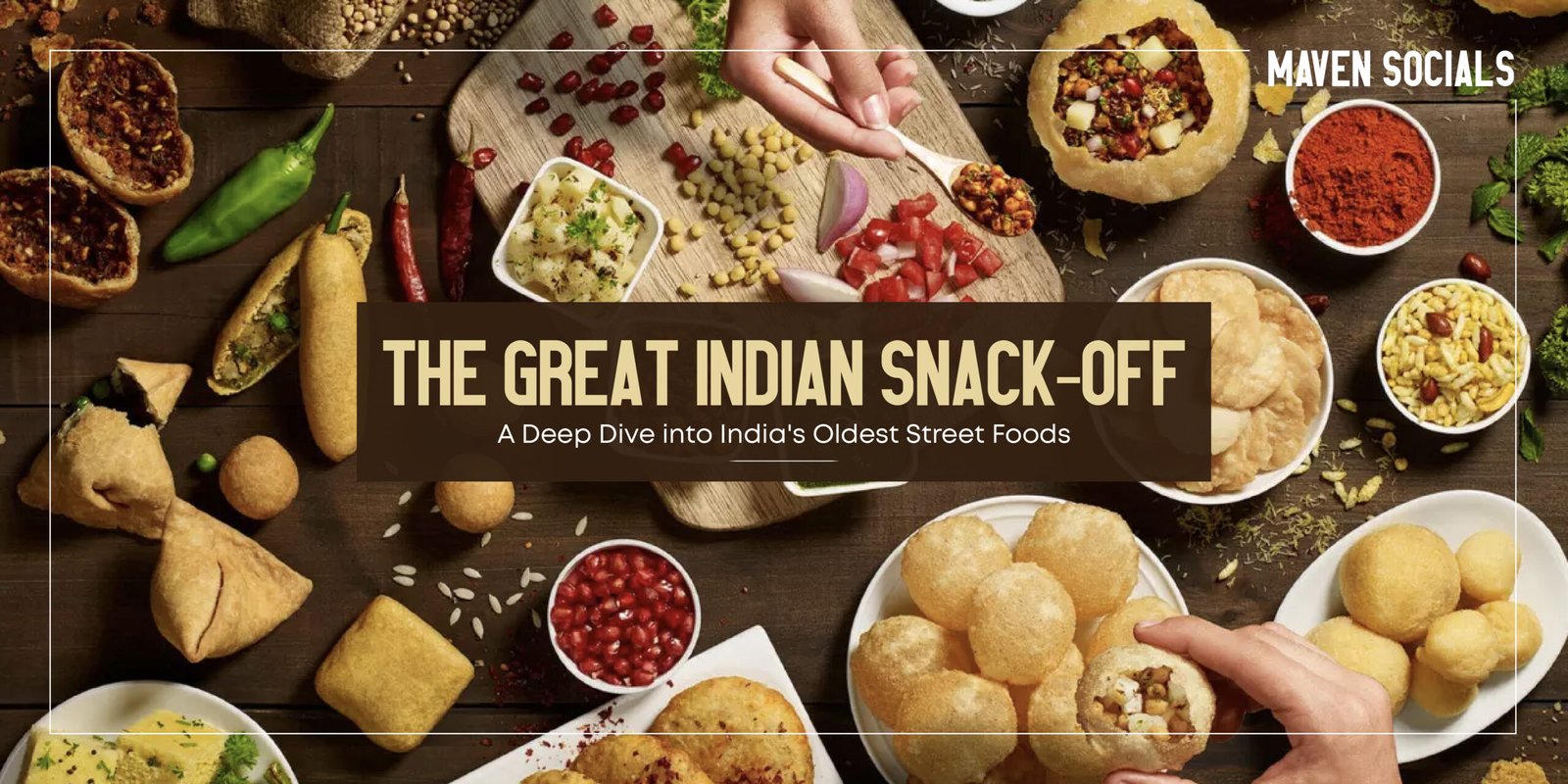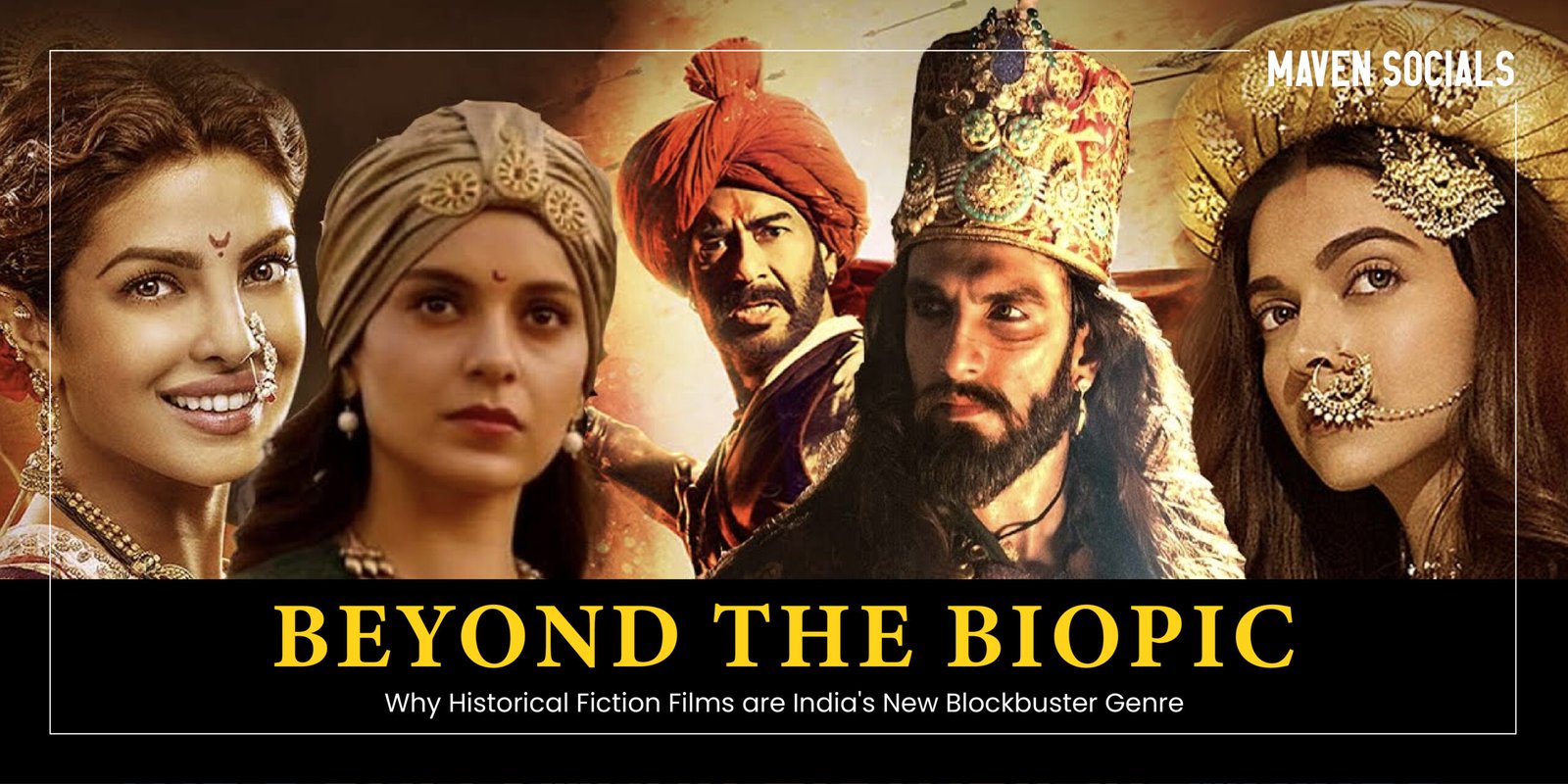In the last few years, the entertainment industry has undergone a massive transformation, and one of the biggest trends is the undeniable rise of OTT platforms. From Bollywood to Hollywood, movie stars who once ruled the silver screen are now flocking to streaming services, riding the wave of the future. But why are these stars making this significant shift? Let’s break it down.
Top Streaming Services Leading the Charge
When discussing the top streaming services, names like Netflix, Amazon Prime, Disney+, and HBO Max often come up. These platforms are known for their big-budget productions and ability to attract A-list talent. But what makes them so enticing for movie stars?
- Netflix offers a global reach, allowing actors to connect with viewers in multiple countries.
- Amazon Prime Video focuses on diverse, compelling content, ranging from art-house films to large-scale action flicks.
- Disney+ and its affiliated platforms like Hulu provide actors with access to family-friendly or genre-specific content.
Benefits of OTT Platforms for Movie Stars
Movie stars aren’t just making the shift to OTT for the heck of it. The benefits of OTT platforms are huge:
- Creative Freedom: OTT platforms provide more artistic freedom, with less censorship and more risk-taking.
- Global Reach: OTT platforms have a worldwide audience, allowing stars to be recognized globally.
- Diverse Roles: OTT platforms break traditional cinema molds, offering actors more varied roles.
- Flexible Schedules: Actors often have more flexible shooting schedules with OTT productions.
- Longer Screen Time: Multi-episode series allow deeper character development, showcasing more talent.
Growth of OTT Platforms: What the Numbers Say
The growth of OTT platforms is no fluke; it’s been steadily climbing. According to a recent study, the global OTT market is expected to reach $1.039 trillion by 2027, growing at a CAGR of 16.7%. This boom can be attributed to various factors:
- Increased internet penetration and smartphone usage.
- The COVID-19 pandemic accelerated the shift to digital, as theaters shut down and OTT became the primary way to consume content.
- OTT platforms offer flexible pricing models, catering to various budgets.
OTT Platform Comparison: The Playing Field
There’s fierce competition among various OTT players, each offering unique advantages. Let’s do a quick OTT platform comparison:
- Netflix: The original streaming giant, known for its original content and global reach.
- Amazon Prime Video: Competitive pricing with a mix of movies, series, and regional content.
- Disney+: Popular for its family-friendly content from Marvel, Star Wars, and Pixar.
- Zee5: A regional giant in India, offering multilingual content for a diverse audience.
The Future of OTT Platforms
Looking ahead, the future of OTT platforms is promising. Here are a few key trends that will shape the industry:
- Personalized Content: OTT platforms are investing in AI to provide personalized recommendations.
- More Regional Content: There’s a push toward producing more regional content to cater to local audiences.
- Interactive Content: Expect more interactive content like Netflix’s ‘Bandersnatch’, where viewers choose how the story unfolds.
- Hybrid Releases: A hybrid model, where films are released in theaters and on OTT platforms simultaneously, might become the new normal.
OTT Is the Future, and the Stars Know It
There’s no denying it—the rise of OTT platforms has changed the entertainment landscape forever. For movie stars, hopping on this train is a strategic move. Whether it’s for creative freedom, global reach, or just to keep up with the times, OTT is where the magic is happening.
As the growth of OTT platforms continues, expect more stars to join in on the action, leveraging the benefits of OTT platforms to explore new roles and connect with a global fanbase. In a world where content is king, the future of entertainment isn’t just on the big screen—it’s on your laptop, phone, or TV screen at home.














